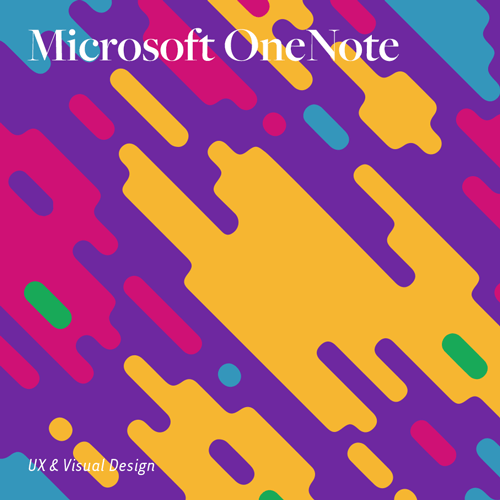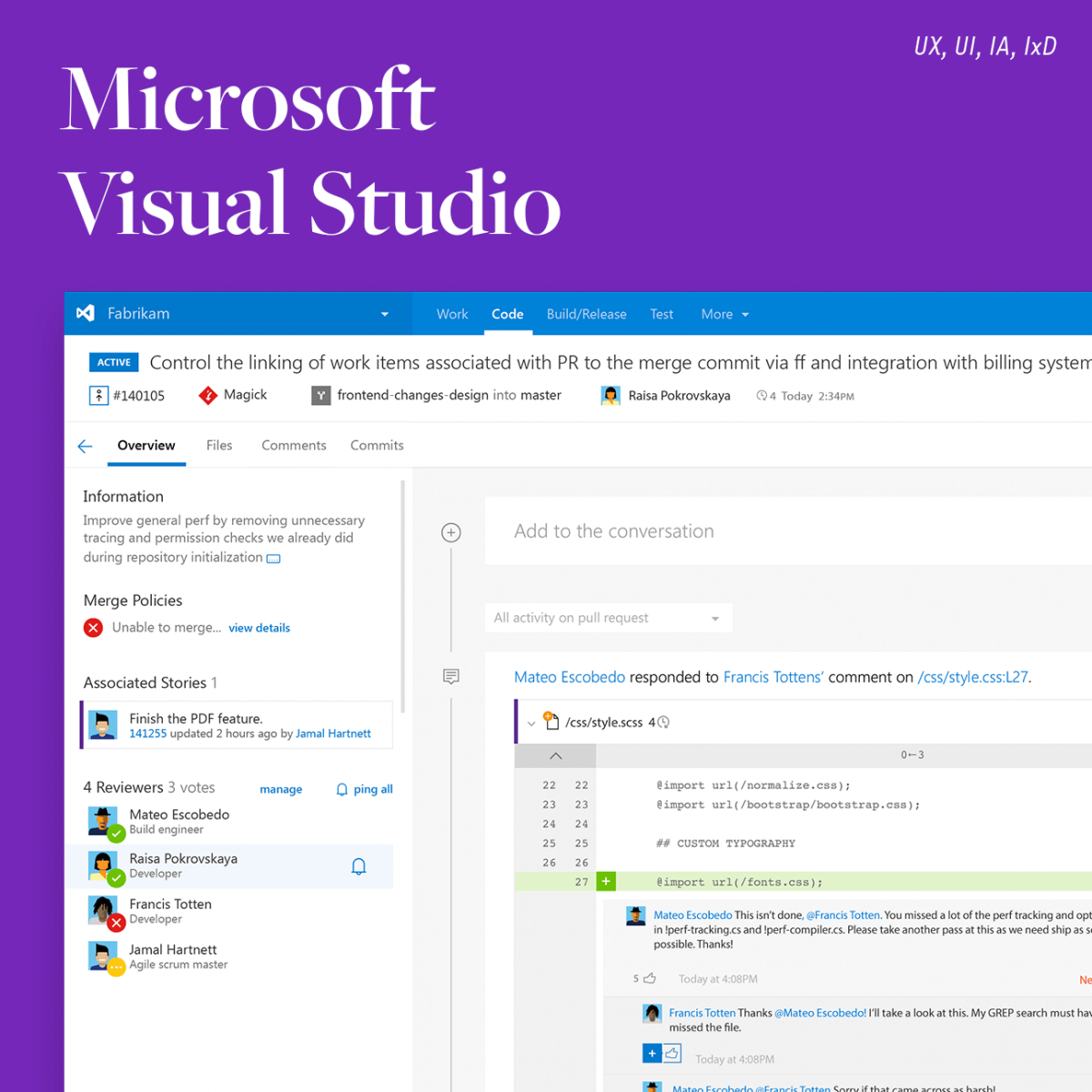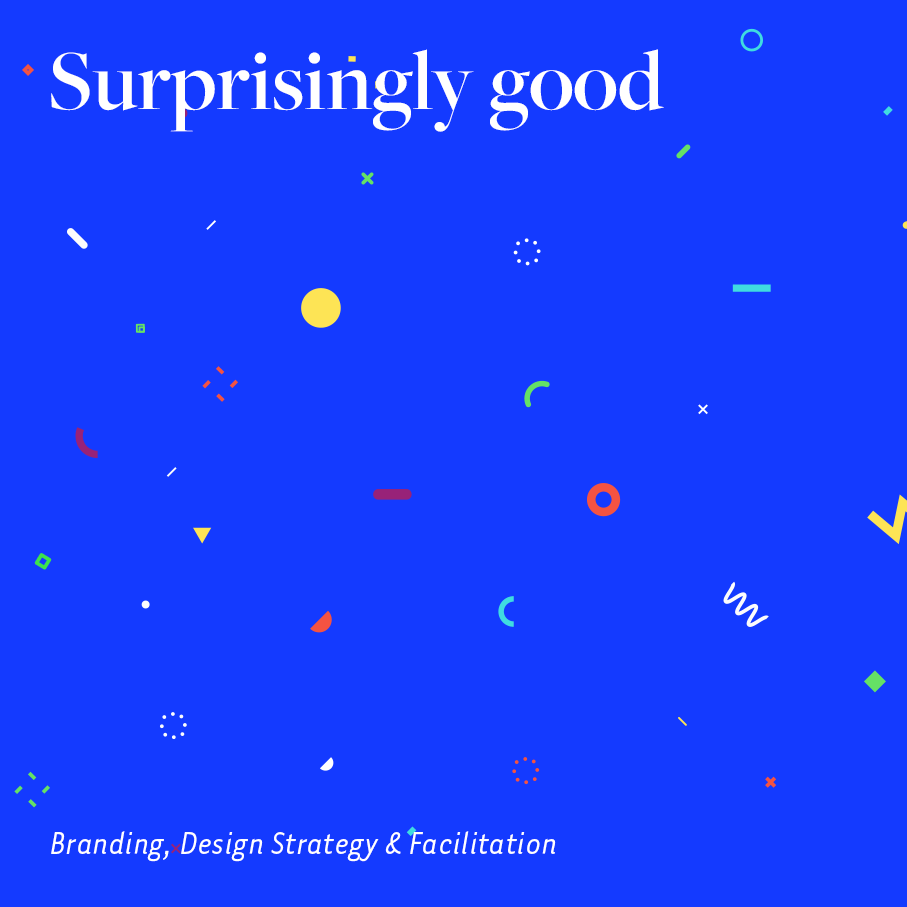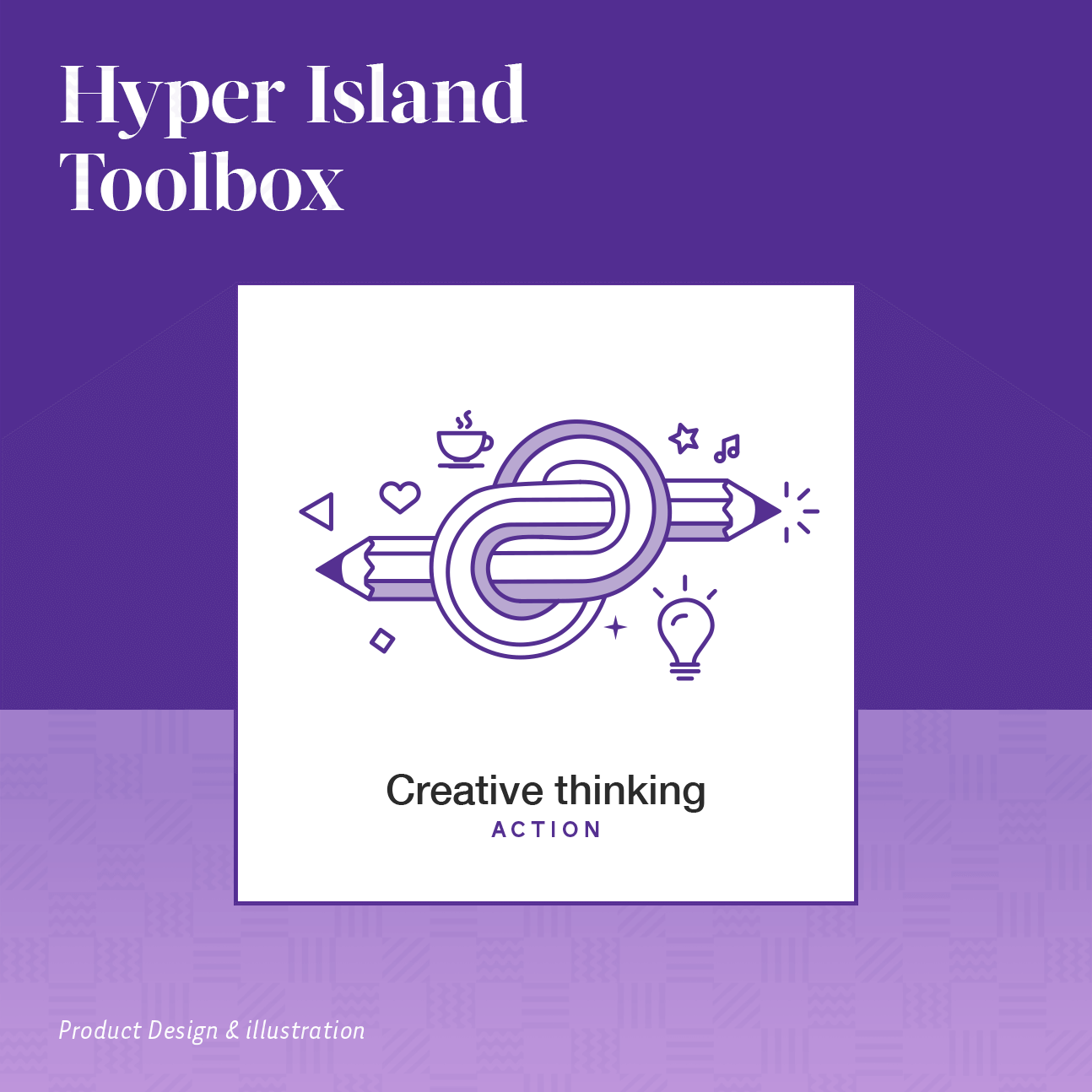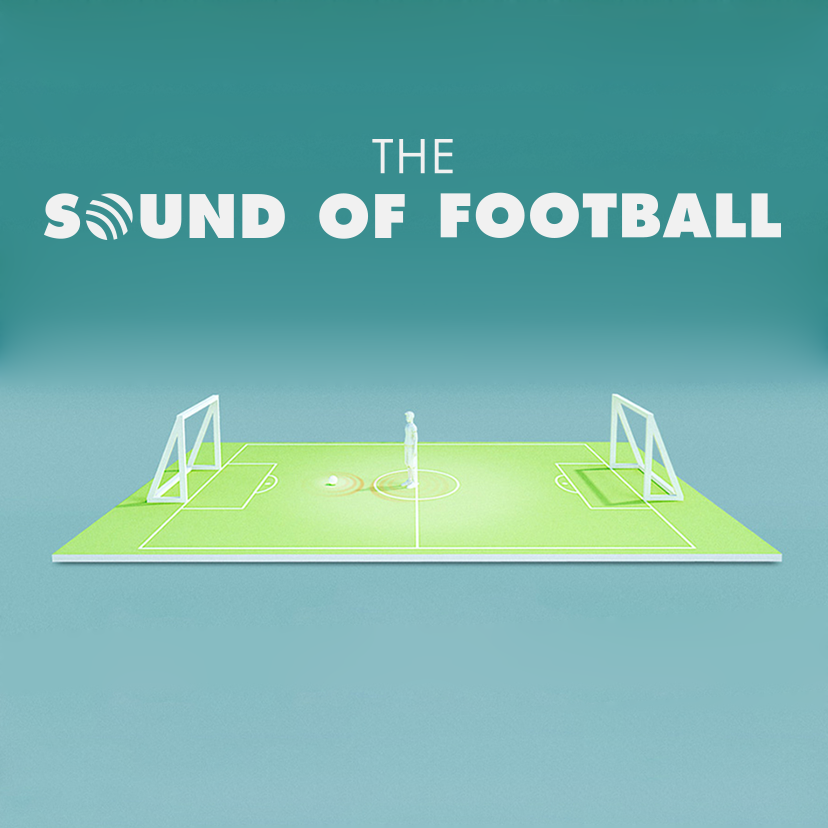Sound of Football
YEAR: 2011 URL: youtube.com/soundoffootball
This is one of few projects I am proud of from my years in advertising and has everything I like in a project; Problem-solving, Design research, Human Centered Design and "goodwill" for an underserved community.
We created a tool that made visually impaired athletes able to play football (US soccer) using an iPhone, 3d sound and military tracking technology.
Idea, technology research and Design.
CHALLENGE
Create something with the TracAB technology to launch Pepsi's "Refresh" campaign in Sweden for under $7000.
CLIENT
ROLE
SERVICE
Concept Lead / Art Director
Leading ideation and technology research.
Contributed to Visual Design of product
Pitched to the client
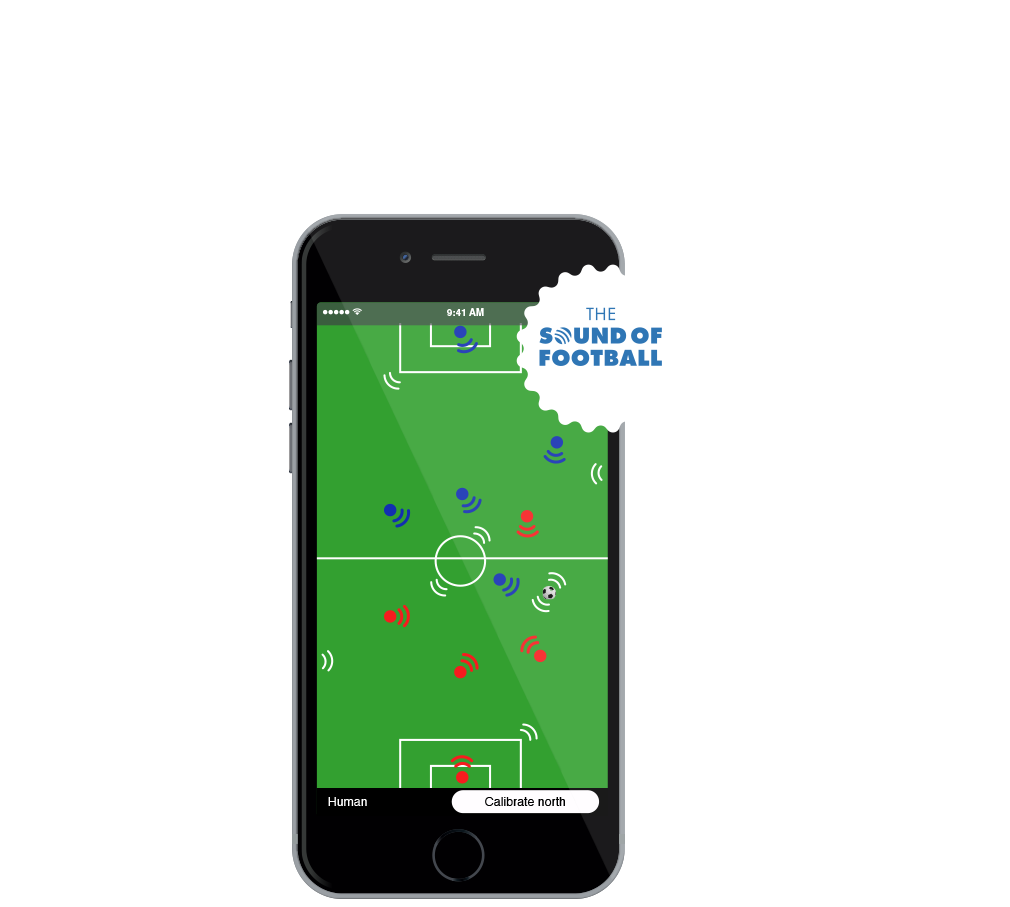
Above is a visual explanation of what we needed to make it work. Lucky for us iPhone 4 just got released with gyroscope and accelerometer.
HOW DOES IT WORK?!
So, how does it work? As described above, we decided to use an iPhone 4 because of its motion sensors and ability to collect data from the current API built by TracAB. To the left, you will find a quick breakdown of how everything functioned.
GYROSCOPE + ACCELEROMETER + COMPASS
A gyroscope is a tiny device that senses motion through moving, microscopic elements that use Earth's gravity to determine orientation and motion on a precise and miniature scale. The accelerometer gives you the acceleration of the device and the compass shows where the device is located. Put them together and we get a very good 6 axis motions sensor.
3D SOUND + FMOD
3D Sound is something everybody hears. The challenge was to create a 3D landscape from objects that do not make sounds like a wall, a goal, or a ball. Ellen created 10 different "dummy head" recording profiles using a Binaural recording to emulate the landscape and then used FMOD which is a gaming calibration software to help calibrate and test the 3D sound landscape. Since we knew the area of our pitch, we could now use TracABs own simulator to determine how loud the sound would be in regards to the player.
DEALING WITH THE DATAFLOW
We had a lot of data- the TrackAB data and the players/iPhone app data- that was then converted into the soundscape. When dealing with a lot of data that’s going back and forth over a network, you usually need to establish connection and handshaking protocols. Luckily there is UDP, or The User Datagram Protocol, which bypass this making everything flow a lot faster.
DOING THE RIGHT THING
Both us and the client were most excited about our idea of creating a tool that aided visually impaired athletes. In my short time in advertising, these moments were very rare, so we knew we were both lucky and excited to use the marketing budget to build a product.
Next, we had to do some serious technology research to make sure we really could make this work. We knew it worked in theory but now we had to prove we could make it work within the given budget. The biggest challenge was how to create a great 3d landscape. But we knew others had done it with binaural recordings. Like the 3d barber shop. Now we just needed a way to get the Tracab data put together with to create a functional 3d soundscape...
THE TECHNOLOGY
We wanted to create a way for the military tracking system to give out coordinates that then sent back data in order to create a vast sound landscape. Easy right? Not so much. We realized that 3D sound headphones would be expensive and not really give us what we looked for. We also realized another problem— the TracAB did not show where you were looking, only where one was going and we needed a way to receive the data from the Tracab system to the individual players. The solution— the iPhone. The iPhone 4 had a built-in accelerometer, gyroscope, and compass, making it possible to show what way the user was facing and where they were heading. Ellen Sundh, the Creative Technologist on the team, then built an iPhone app together with the TracAB team; she figured out the API and how to quickly get the data to and from the players with sending out different sounds.
If you still reading, thanks for taking an interest in a project I did a long time ago, and hopefully this can inspire you to create something for someone in an underserved community.
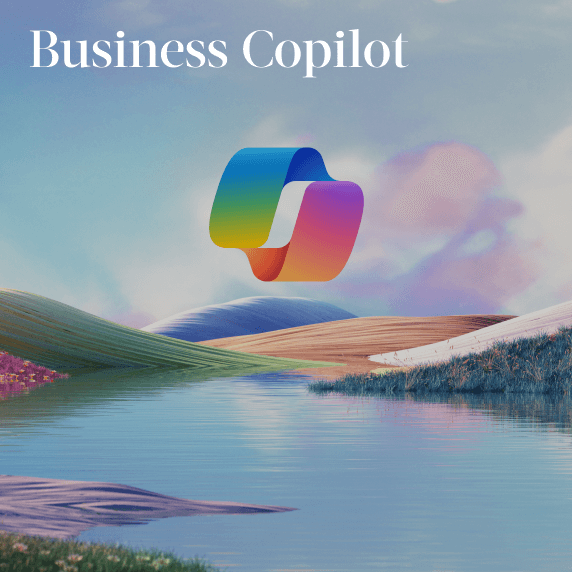
BusinessCopilot2022-2023
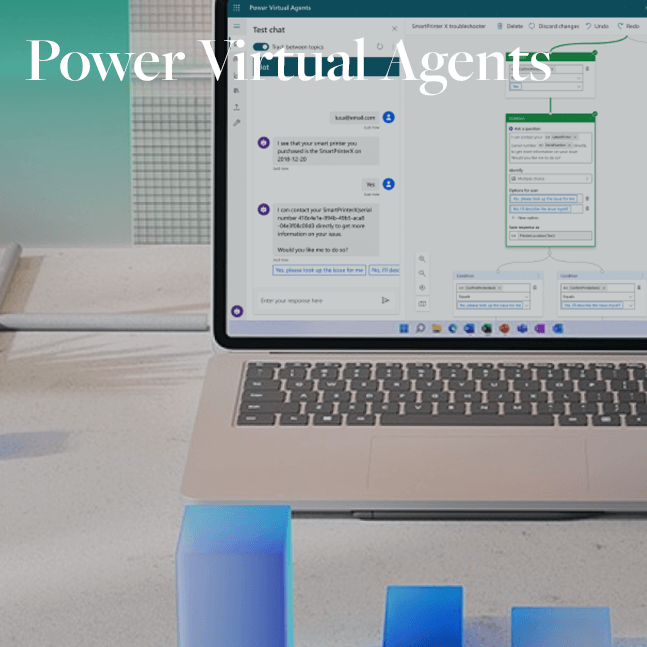
Copilot Studio (PVA)2018-2021

Magic Leap One / LuminOS2017-2018

The Hunt2016
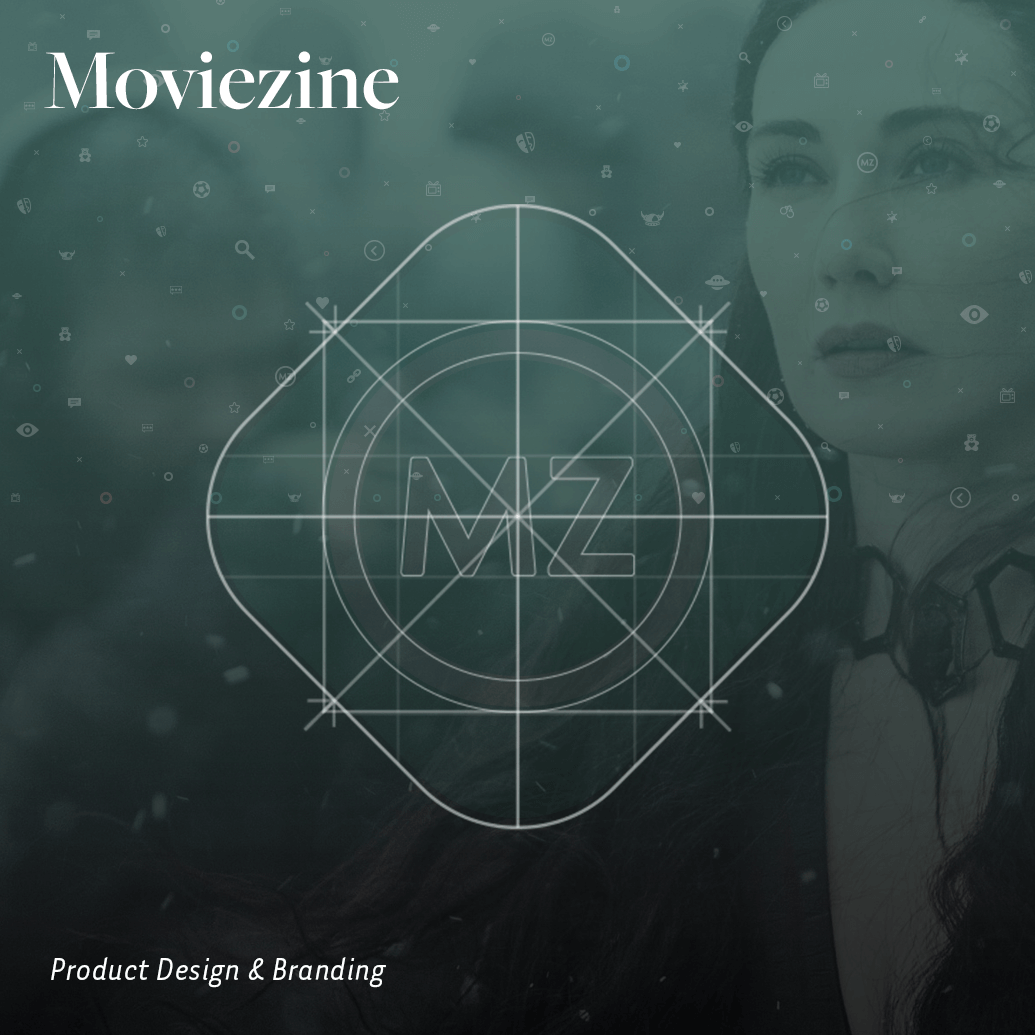
Moviezine2014
